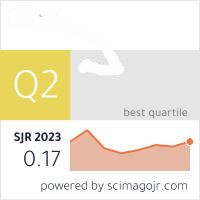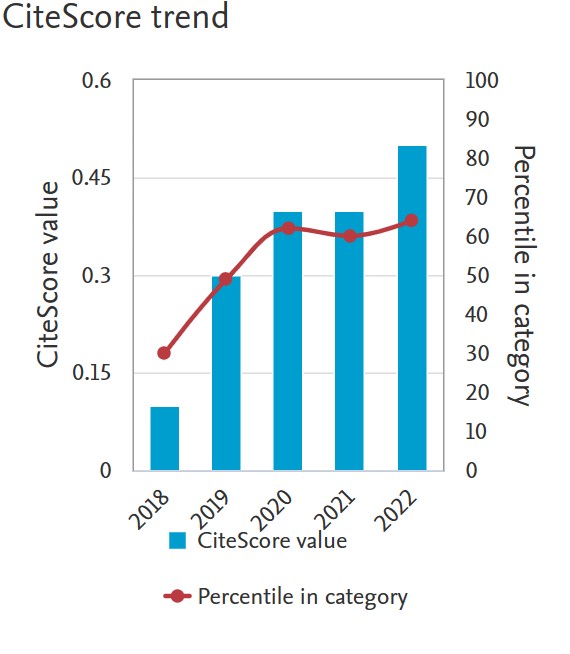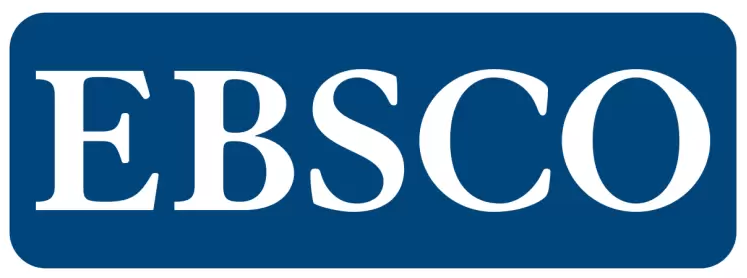Unlocking the Synergistic Power of Gallic Acid and Resveratrol: A Multi-Target Strategy to Combat Breast Cancer
DOI:
https://doi.org/10.48047/HM.10.2.2024.1856-1878Keywords:
Gallic acid, Molecular docking, Resveratrol, Triple-negative breast cancer (TNBC),, Multi-target therapyAbstract
Background:Triple-negative breast cancer (TNBC), characterized by the absence of estrogen receptor (ER), progesterone receptor (PR), and HER2, is among the most aggressive breast cancer subtypes. Standard treatments like chemotherapy, radiotherapy, and surgery often result in high rates of recurrence and metastasis due to issues like drug resistance, particularly to agents like doxorubicin. This underscores the need for alternative, less toxic therapies. Recently, plant-derived compounds such as gallic acid (GA) and resveratrol have shown potential in targeting multiple cancer pathways.
Objectives:This study aims to explore the synergistic effects of GA and resveratrol by investigating their molecular docking with receptors commonly implicated in TNBC, including HER2, ER, PR, and BRCA1.
Methods:Ligand and receptor preparations were conducted using Autodock PyRx software. Molecular docking analyses were performed to assess binding affinities and interactions with active site residues on these receptors, evaluating the therapeutic potential of the combined GA and resveratrol approach.
Results:Docking results indicated strong binding affinities of GA and resveratrol with HER2, ER, PR, and BRCA1. Key interactions included multiple shared binding residues across these receptors. The compounds exhibited robust binding energies, particularly at HER2’s active site, suggesting potential for pathway inhibition.
Conclusions:This study underscores the promising synergistic potential of GA and resveratrol as a multi-target approach for TNBC. These findings offer an alternative to conventional treatments, potentially reducing reliance on chemotherapy and its associated toxicities, and suggest further research into plant-based integrative treatments.
Downloads
References
Bhat, K.P.L., et al., Estrogenic and antiestrogenic properties of resveratrol in mammary tumor models. Cancer research, 2001. 61(20): p. 7456-7463.
Prabhavathi, H., et al., Molecular docking and dynamic simulation to identify potential phytocompound inhibitors for EGFR and HER2 as anti-breast cancer agents. Journal of Biomolecular Structure and Dynamics, 2022. 40(10): p. 4713-4724.
Jan, R., Understanding apoptosis and apoptotic pathways targeted cancer therapeutics. Advanced pharmaceutical bulletin, 2019. 9(2): p. 205.
Denkert, C., et al., Molecular alterations in triple-negative breast cancer—the road to new treatment strategies. The Lancet, 2017. 389(10087): p. 2430-2442.
Aydinlik, S., et al., Enhanced cytotoxic activity of doxorubicin through the inhibition of autophagy in triple negative breast cancer cell line. Biochimica et Biophysica Acta (BBA)-General Subjects, 2017. 1861(2): p. 49-57.
Chen, X., et al., Ethanol extract of Brucea javanica seed inhibit triple-negative breast cancer by restraining autophagy via PI3K/Akt/mTOR pathway. Frontiers in Pharmacology, 2020. 11: p. 606.
Li, J., et al., Extracts of Cordyceps sinensis inhibit breast cancer growth through promoting M1 macrophage polarization via NF-κB pathway activation. Journal of ethnopharmacology, 2020. 260: p. 112969.
Jiang, Y., et al., Gallic acid: A potential anti-cancer agent. Chinese journal of integrative medicine, 2022. 28(7): p. 661-671.
Guo, C., et al., PPA1 promotes breast cancer proliferation and metastasis through PI3K/AKT/GSK3β signaling pathway. Frontiers in Cell and Developmental Biology, 2021. 9: p. 730558.
Shin, S.-W., et al., MnTnHex-2-PyP5+, coupled to radiation, suppresses metastasis of 4T1 and MDA-MB-231 breast cancer via AKT/Snail/EMT pathways. Antioxidants, 2021. 10(11): p. 1769.
Jang, M., et al., Cancer chemopreventive activity of resveratrol, a natural product derived from grapes. science, 1997. 275(5297): p. 218-220.
Joe, A.K., et al., Resveratrol induces growth inhibition, S-phase arrest, apoptosis, and changes in biomarker expression in several human cancer cell lines. Clinical cancer research, 2002. 8(3): p. 893-903.
Nakagawa, H., et al., Resveratrol inhibits human breast cancer cell growth and may mitigate the effect of linoleic acid, a potent breast cancer cell stimulator. Journal of cancer research and clinical oncology, 2001. 127: p. 258-264.
Dallakyan, S. and A.J. Olson, Small-molecule library screening by docking with PyRx. Chemical biology: methods and protocols, 2015: p. 243-250.
Septian, A.D., et al., The Virtual Screening of Flavonoid Derivatives on Progesterone, Estrogen, and HER-2 Receptor for Breast Cancer Treatment Candidate. Jurnal Kimia Valensi, 2023. 9(1): p. 163-182.
Ramadan, M.M., et al., Molecular modeling studies on biochanin-a as a potential dual inhibitor for VEGFR-2 and Cyclin D1-CDK-4 complex. Archives of Pharmaceutical Sciences Ain Shams University, 2021. 5(1): p. 16-32.
Mahendran, D., et al., Thiocolchicoside and colchicine induced apoptosis in breast cancer (MCF-7) cells via up-regulated expression of p53 tumor suppressor protein gene: an in vitro and in silico docking approaches. Journal of Biologically Active Products from Nature, 2020. 10(4): p. 264-274.
Sulliman, E.A., et al., Molecular Docking Study on Tamoxifen and Toremifene's Effects on the Breast Cancer Receptors. Turkish Computational and Theoretical Chemistry. 8(4): p. 62-69.
Torretta, A., E-cadherin and Choline Kinase: two challenging drug discovery targets. 2022.
Balkrishna, A., et al., Comparative Analysis of Doxycycline and Ayurvedic Herbs to Target Metastatic Breast 2 Cancer: An In-Silico Approach. BioMedicine, 2024. 14(2): p. 7.
Biovia, D.S., Discovery studio visualizer. San Diego, CA, USA, 2017. 936: p. 240-249.
Mandlik, V., P.R. Bejugam, and S. Singh, Application of artificial neural networks in modern drug discovery, in Artificial neural network for drug design, delivery and disposition. 2016, Elsevier. p. 123-139.
Downloads
Published
Issue
Section
License
Copyright (c) 2024 Hafsa Shafique, Tabinda Imtiaz, Hafiza Ayesha Tahir, Sameen Shahid, Rabia Mezal, Ramsha Javed, Anum Zufiqar, Laraib Fatima (Author)

This work is licensed under a Creative Commons Attribution 4.0 International License.
You are free to:
- Share — copy and redistribute the material in any medium or format for any purpose, even commercially.
- Adapt — remix, transform, and build upon the material for any purpose, even commercially.
- The licensor cannot revoke these freedoms as long as you follow the license terms.
Under the following terms:
- Attribution — You must give appropriate credit , provide a link to the license, and indicate if changes were made . You may do so in any reasonable manner, but not in any way that suggests the licensor endorses you or your use.
- No additional restrictions — You may not apply legal terms or technological measures that legally restrict others from doing anything the license permits.
Notices:
You do not have to comply with the license for elements of the material in the public domain or where your use is permitted by an applicable exception or limitation .
No warranties are given. The license may not give you all of the permissions necessary for your intended use. For example, other rights such as publicity, privacy, or moral rights may limit how you use the material.











